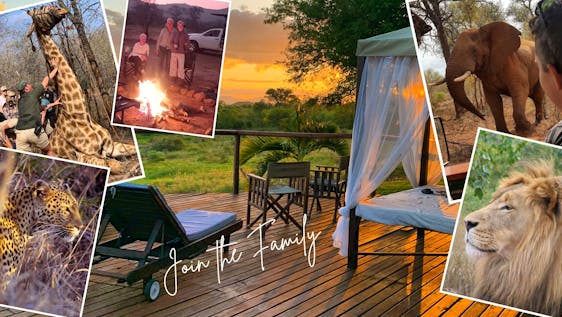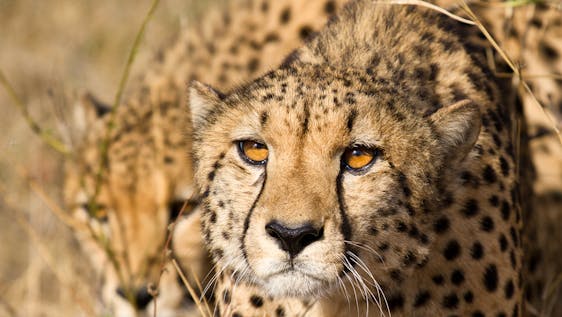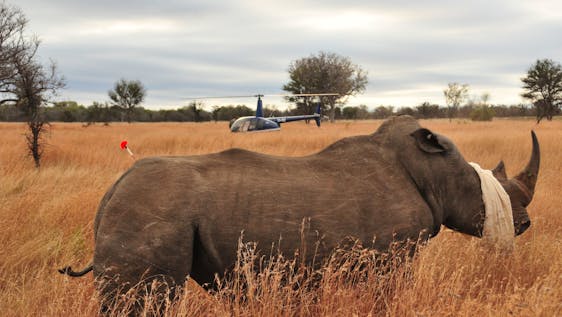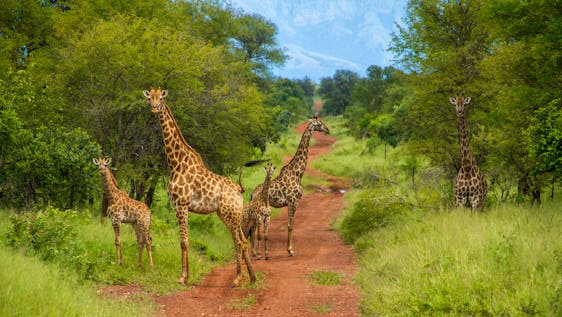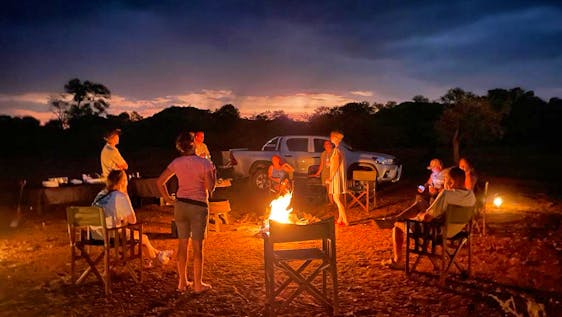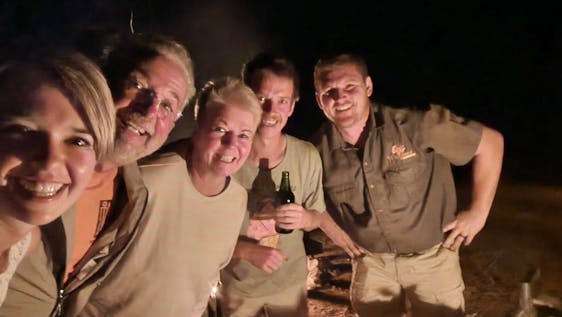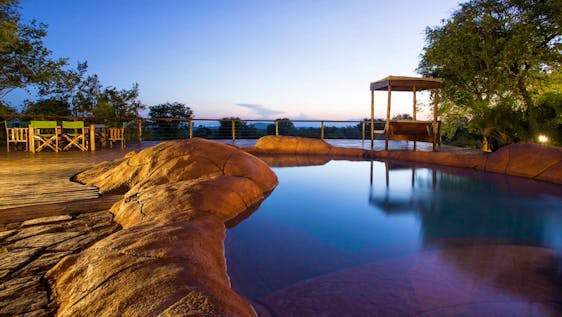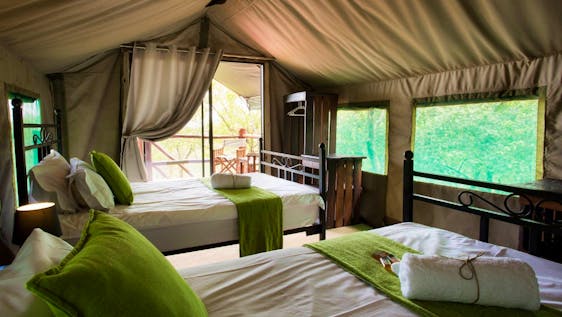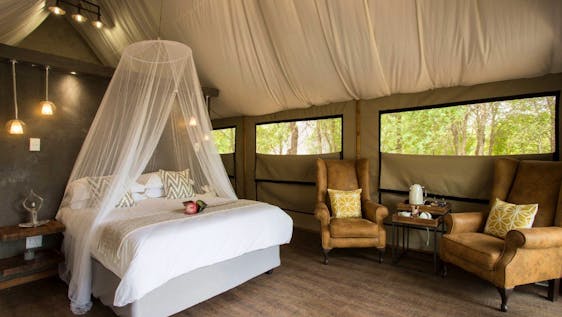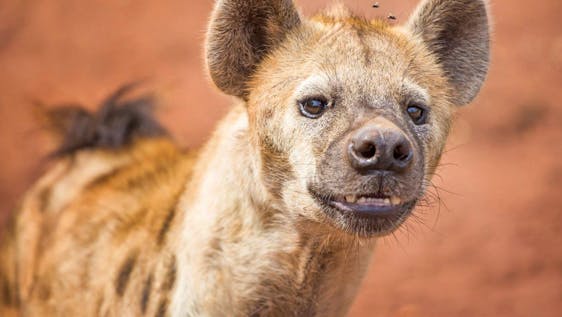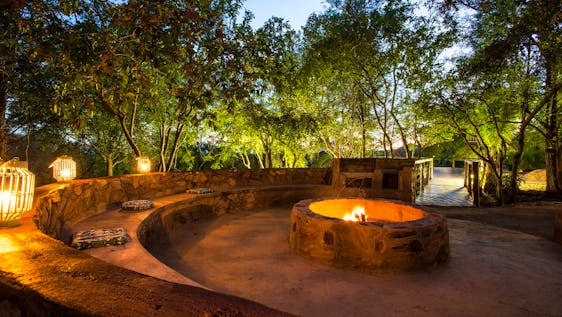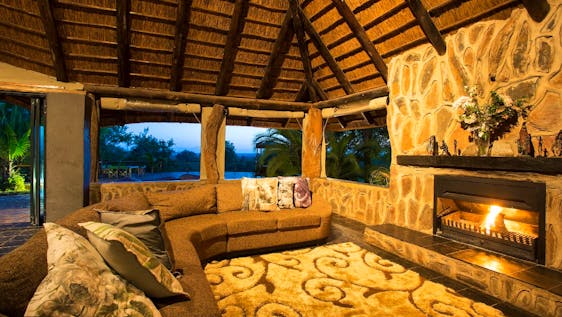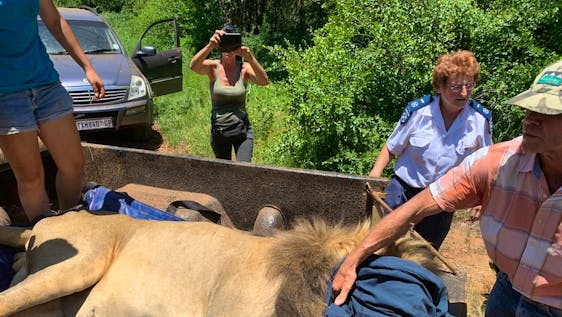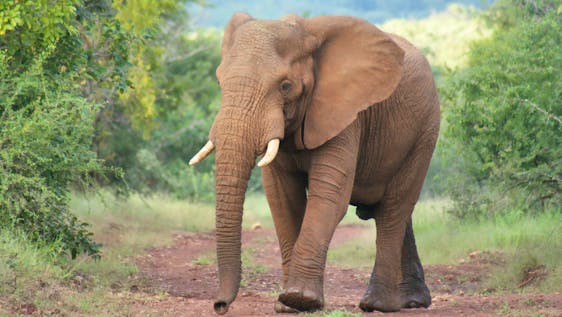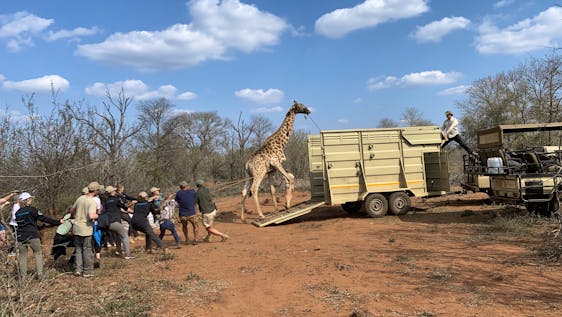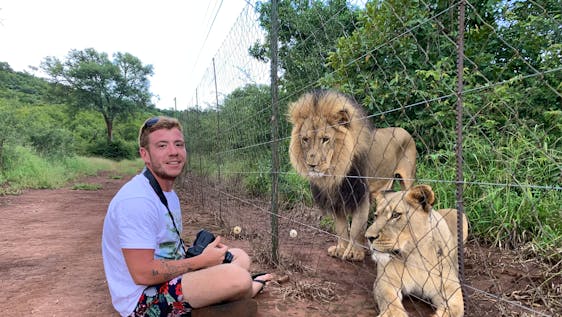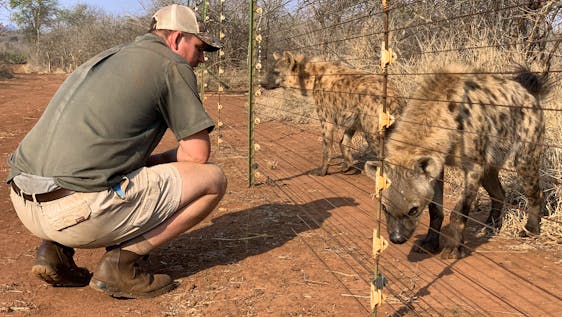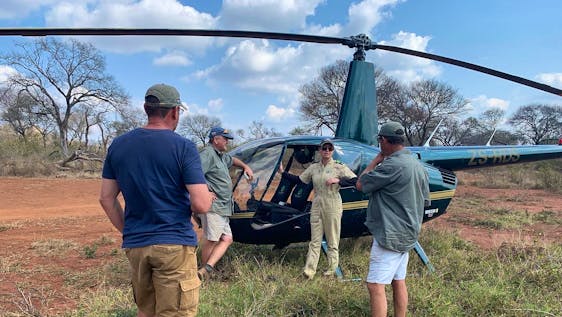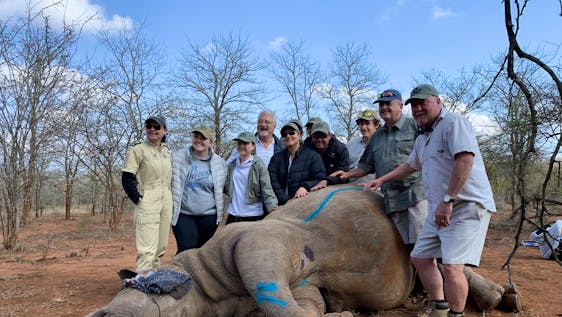Spanning 3,000 hectares (7,400 acres) of South African savannah, SanWild Sanctuary is home to the Big Five (lion, leopard, elephant, rhino, buffalo) plus a profusion of native wildlife.
Founded by the late conservation champion Louise Joubert, SanWild Sanctuary has been rescuing, rehabilitating, and releasing wild animals back into their natural habitats for more than 20 years. The sanctuary provides a safe game reserve for rescued animals, where they can live out their natural lives, wild and free.
Since the year 2000, the animal care and rehabilitation facility established by Louise Joubert has been funded by the non-profit SanWild Wildlife Trust. At this centre, our aim is to provide true rehabilitation and, wherever possible, to release rescued animals back into the wild where they belong.
That’s why the Wildlife Rehabilitation Centre at SanWild Sanctuary is not open to the public! Our staff, students, and volunteers work under strict guidelines to minimise human interaction and prevent human imprinting from developing with the animals in our care.
We also partner with other rehabilitation centres in South Africa, offering our 3,000-hectare sanctuary as a safe and secure release site for animals rescued in other locations.
One of our main objectives is to educate the public on conservation, specifically on ethical conservation. For this purpose, we run projects with the participation of the public, whereby they can develop an understanding and appreciation for our natural heritage and become ambassadors for wildlife conservation.
To accomplish this, we run a paid-for volunteer life experience program whereby participants from all over the world come to participate in our wildlife conservation projects, thereby generating much-needed income to fund our sanctuary while at the same time creating ambassadors that take the knowledge they gain from us back to their countries of origin.


